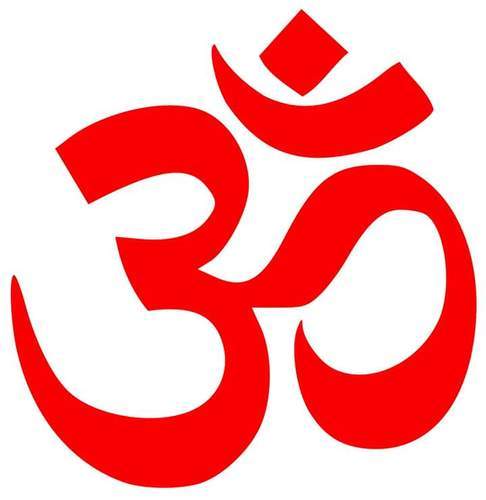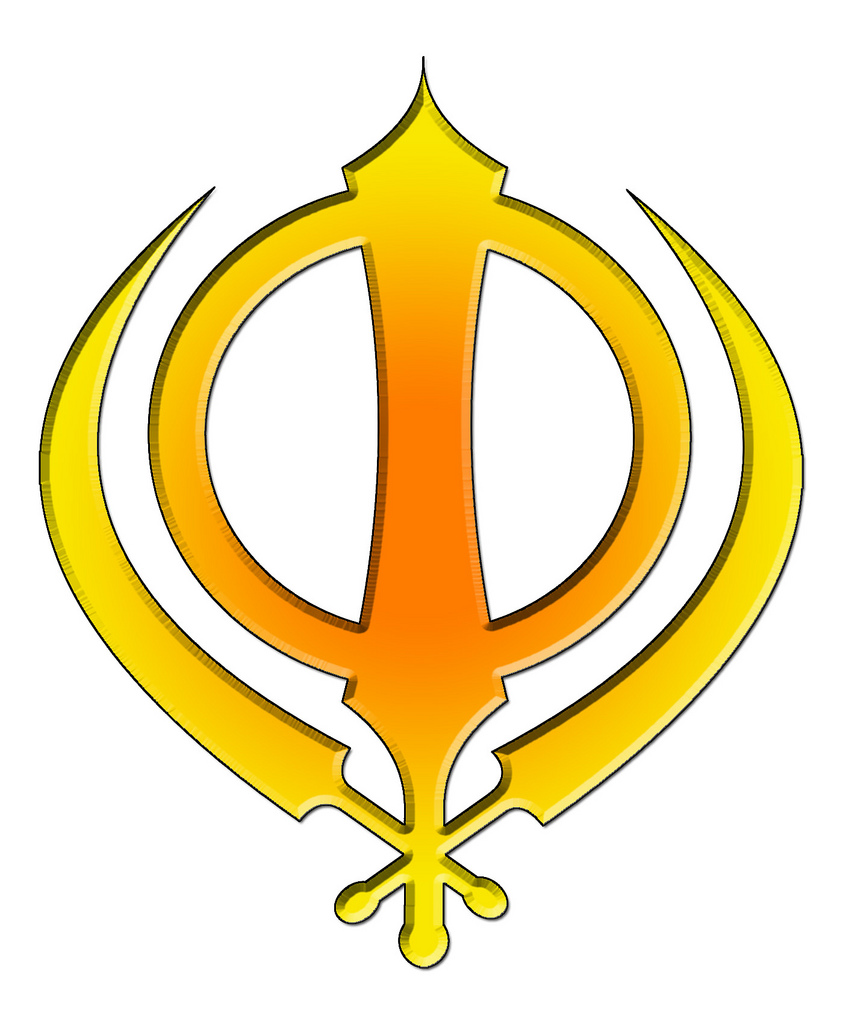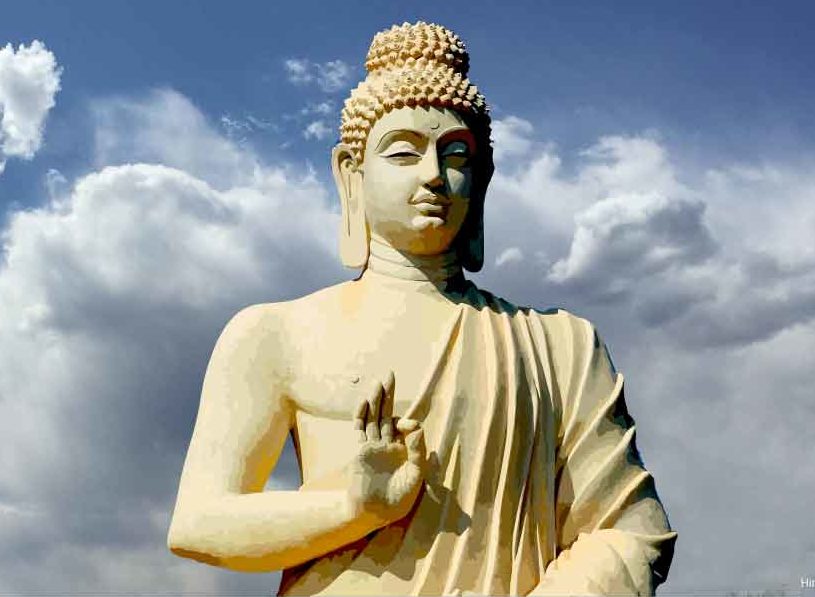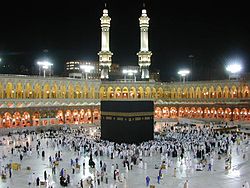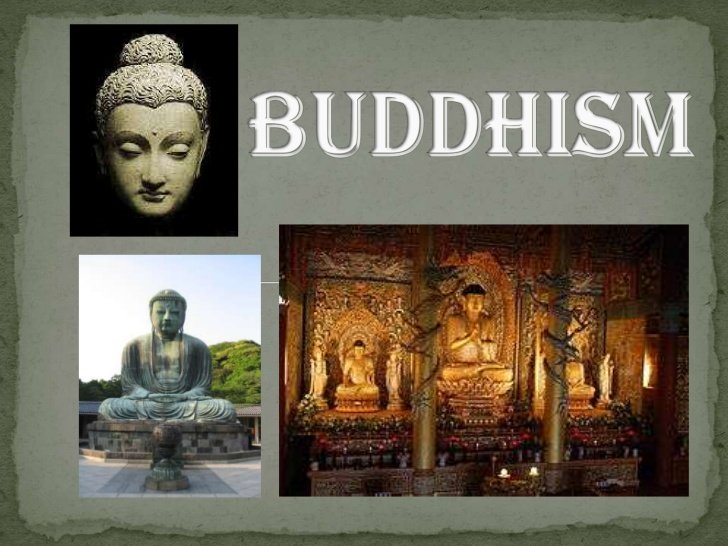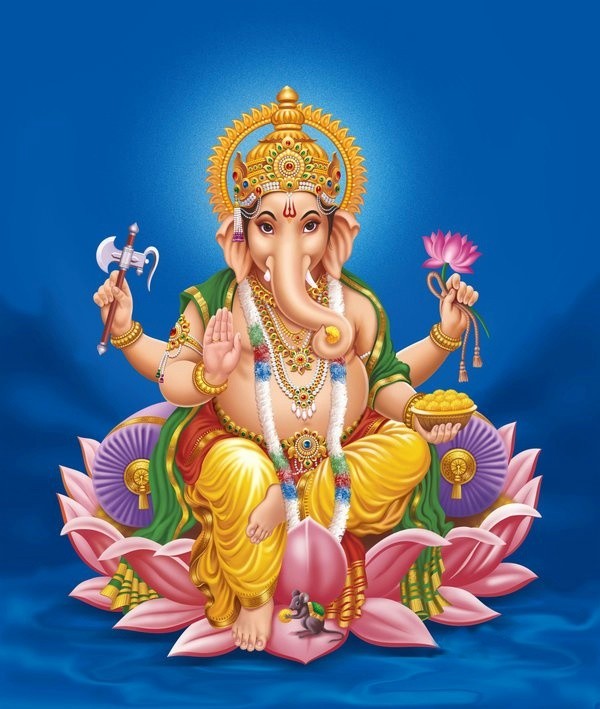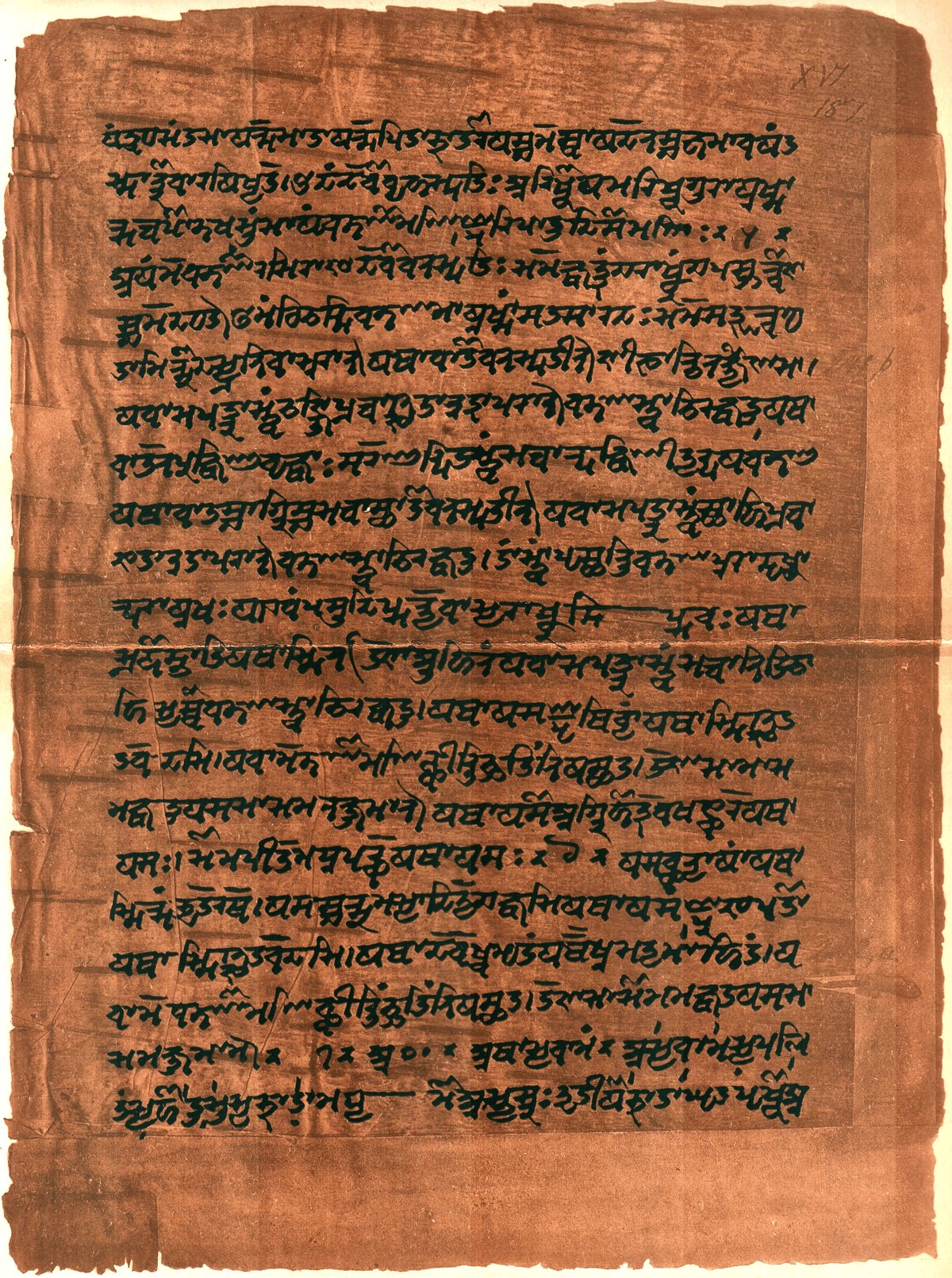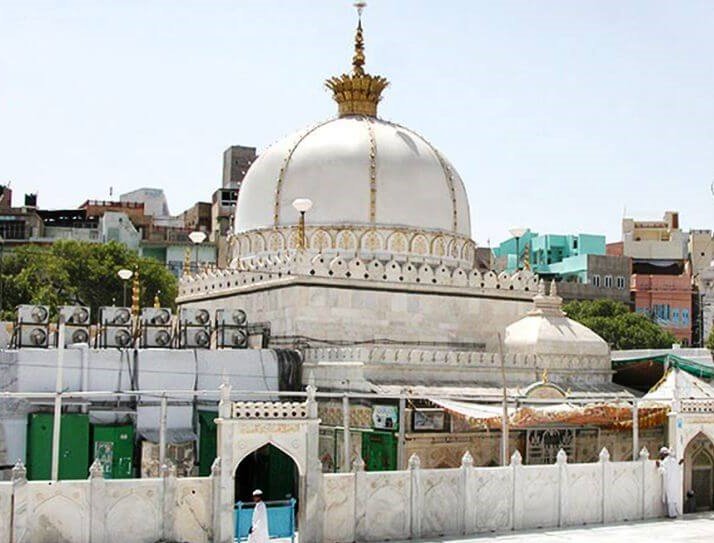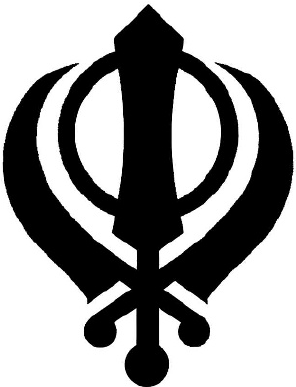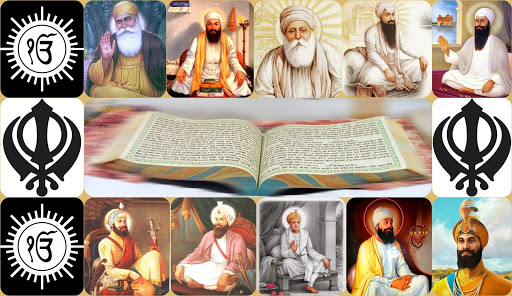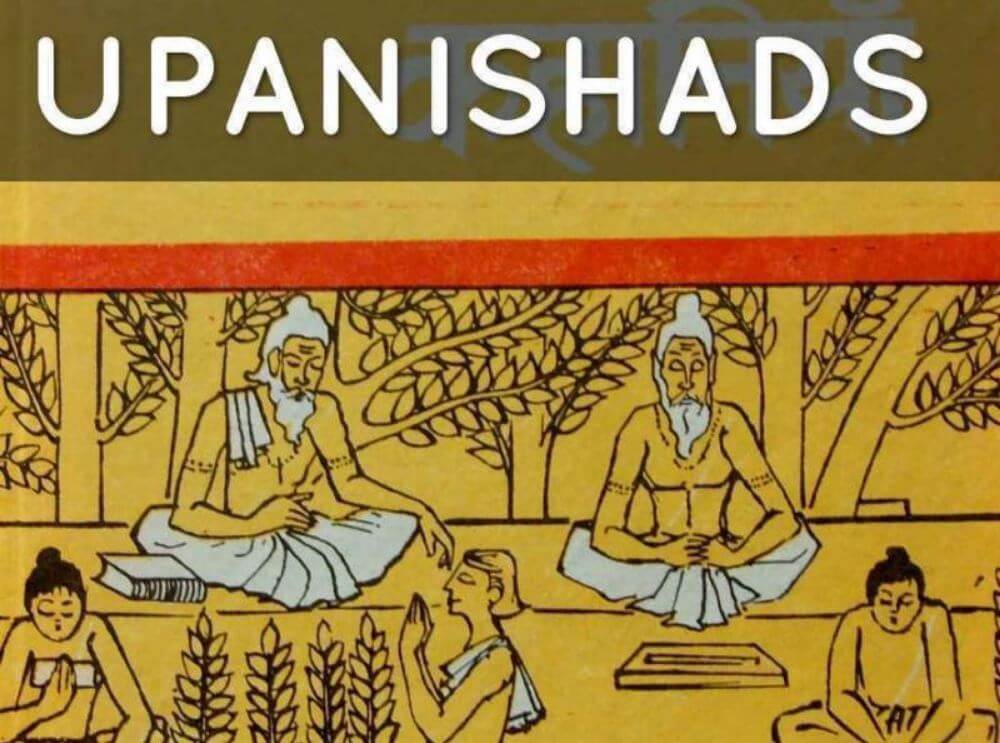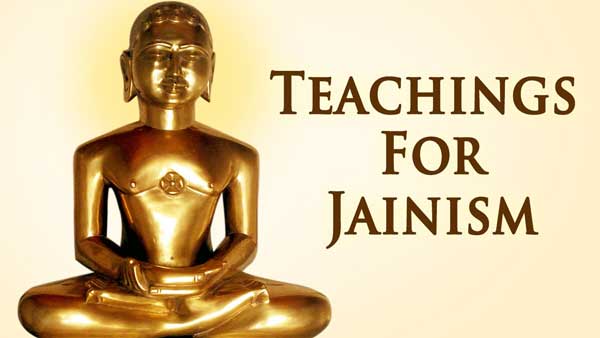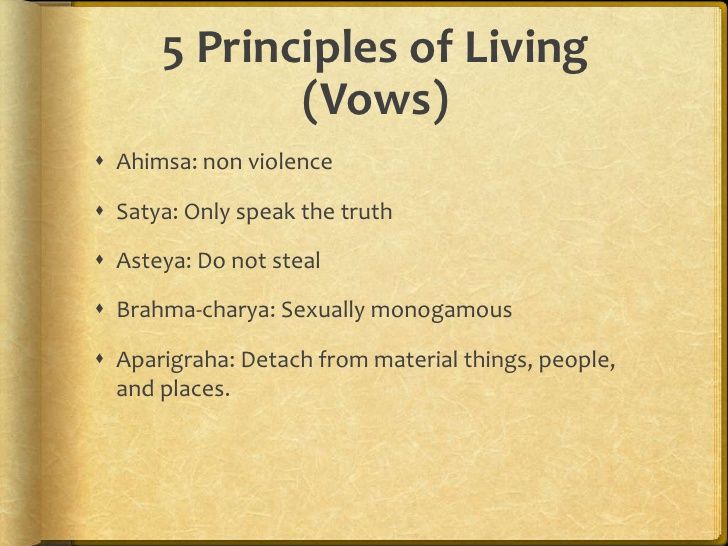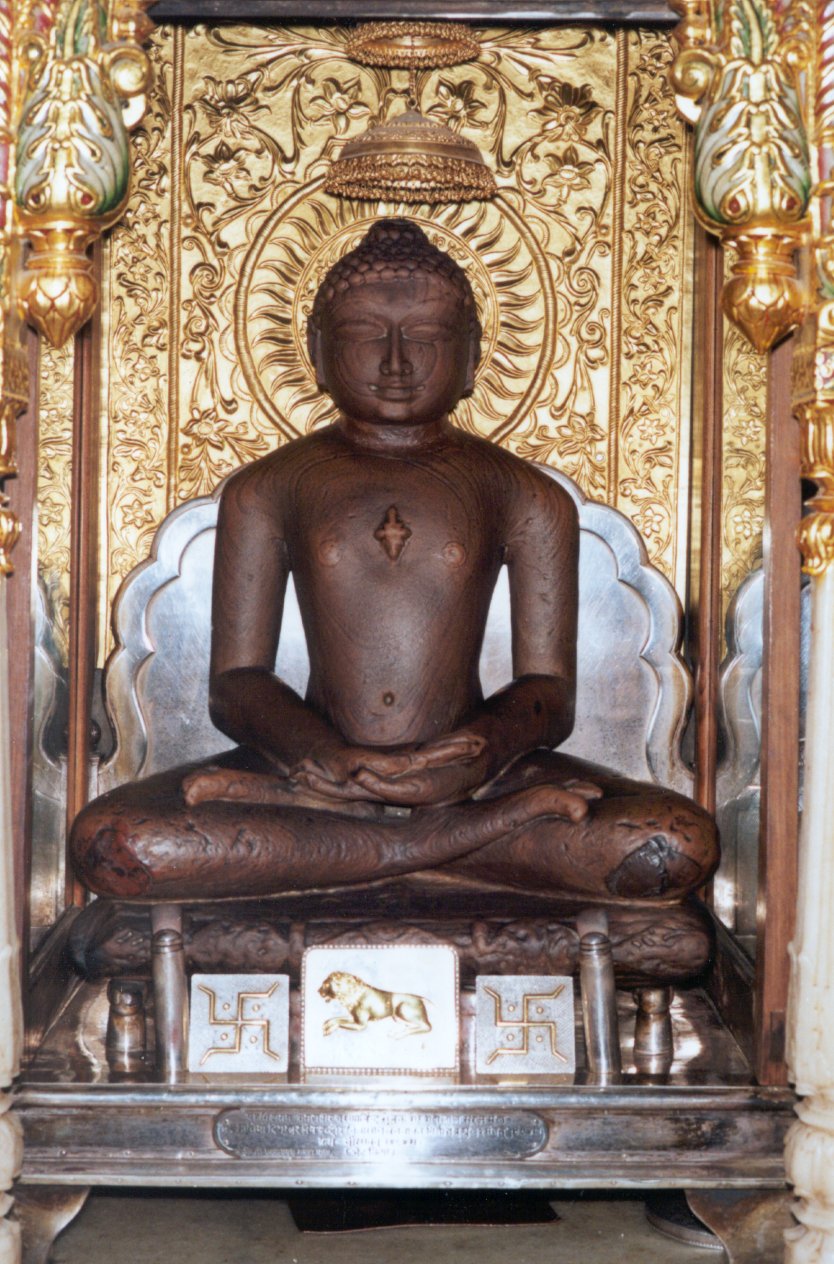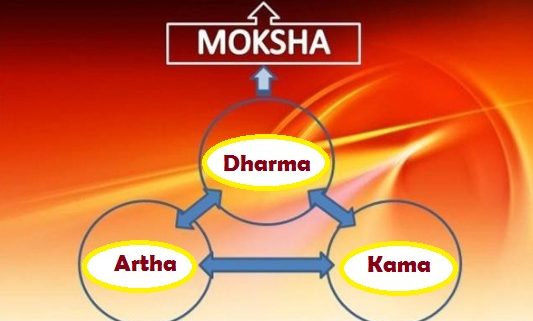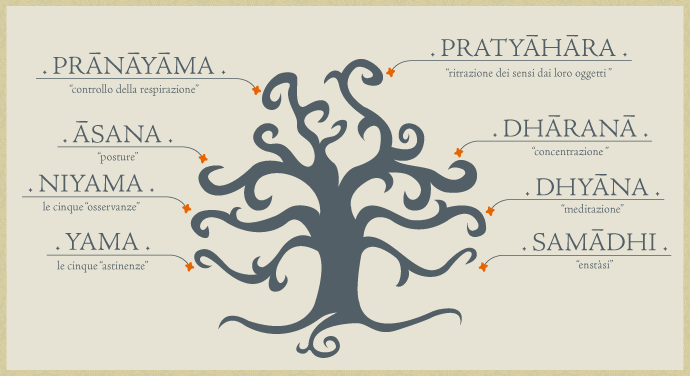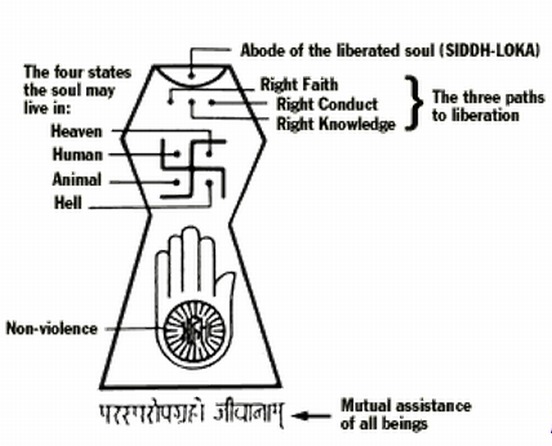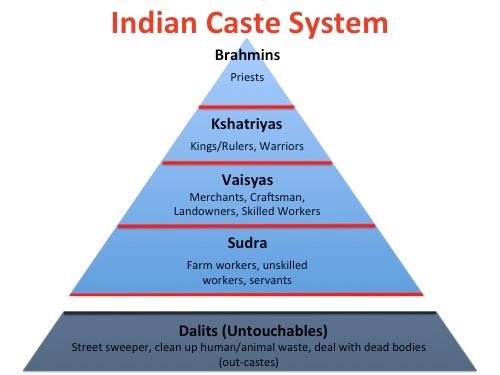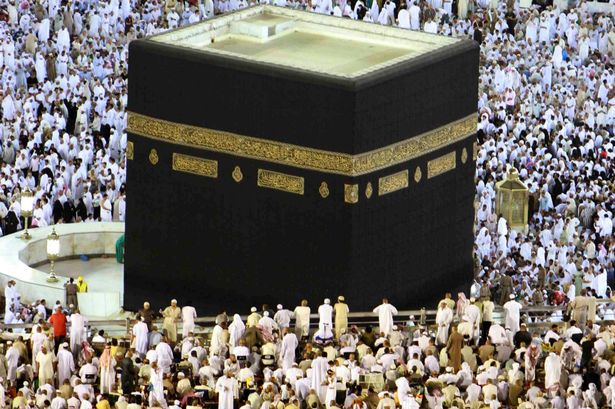- Home
- Religions in India
Different Religions in India
Updated on 09-09-2022
Religions in India: India is a land of spirituality, philosophy and diversity. Even with so much diverse culture and religion people of India stay together as one nation. This can be seen in the celebrations of festivals of all religions. The message of love and brotherhood is clearly expressed in all the religions of India. Some of the major religions in India are Hinduism, Buddhism, Jainism and Sikhism. These religions are together known as Indian Religions.
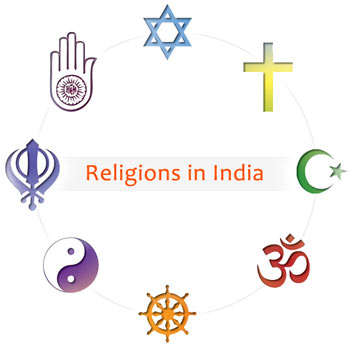 Religions in India
Religions in IndiaBefore we could understand about different religions let us first try to understand what is a religion?
Religion is a fundamental set of beliefs and practices that leads to spiritual experience.We can say that there is no culture or history which has not practised some form of religion. Some of the basic religious practices include rituals, sermons, sacrifices, festivals, meditation, prayer and many more. Each religion has its own set of beliefs. Often these beliefs of some of the religions are linked to supernatural power called God.
Percentage of Religions in India
The preamble of the Indian Constitution states that India is a secular country. According to 2011 census the distribution of the religions is as follows
79.8% follow Hinduism,
14.2% follow Islam,
2.3% follow Christianity,
1.7% follow Sikhism,
0.7% follow Buddhism and
0.4% follow Jainism. Around 1% follow other religions.
Throughout Indian history one can see the importance of Religions in India.
Hinduism: One of the oldest religions in the world is Hinduism. It is the third largest religion that is followed by people worldwide. Hinduism is widely practised in India and in some Asian countries. The word Hindu is derived from the Sanskrit word Sindhu (which is the name of the river).
The followers of Hinduism are known as Hindus. At one point of time, it was believed that Hinduism was brought to India by the Aryans who invaded Indus valley civilisation, however this idea is still being debated. Referred to as Sanathana Dharma, Hinduism explains the sufferings of people in a simple way. Sanathana Dharma means ‘eternal duty’.
Hinduism is an Indian Religion and is the third largest religion in the world. People who follow Hinduism culturally, ethnically or religiously are known as Hindus. One of the oldest religions in the world is Hinduism. Hinduism is widely practised in India and in some Asian countries.
Purushartha is a very important concept in Hinduism. Purushartha literally means duties of the human being to ultimately attain moksha. The ultimate aim in Hinduism is to attain moksha (salvation) and hence every individual should behave in such manner that ultimately, he attains his goal that is moksha.
Purushartha is a Sanskrit word in which Purusha means human being as a soul and artha means desire, purpose. Hence Purushartha means purpose of human beings. The four Purusharthas in Hinduism are Dharma, Artha, Kama and Moksha.
The above four goals are important to attain the last goal known as moksha. They are interdependent on each other thus any act of fulfilling one objective should also support the other three objectives of life.
Read more on Purusharthas
Sikhism: It is the youngest religion among the world which was founded in the 15th century by Guru Nanak Dev Ji. The word ‘Sikh’ originated from Punjabi which means disciple. This religion was founded in the Punjab region. Guru Nanak Dev Ji was the first guru of the 15th century in Punjab region of India. Sikhism believes in the existence of only one God and preaches truthful living, honesty, equality to mankind, social justice, humbleness, social tolerance to other religions. Sikhs do not accept the concept of fasting, superstitions and idol worship. It considers all humans as equal in front of Waheguru
Buddhism: Buddhism in India started around the 6th century BC when Hinduism was taking strong root in Indian culture during Vedic Period.It is based on the teachings of Gautam Buddha, Siddhartha Gautham. This is one of the oldest religions which is practised till date. Buddhism is a religion and dharma that encompasses a variety of traditions, beliefs and spiritual practices largely based on teachings of Buddha. The religion originated in India, from where it spread through much of Asia, and later to different parts of the world. Other important religions in India are Hinduism, Islam, Jainism
Jainism: Another important religion that cropped up during the period of Hinduism and Buddhism is Jainism. It is an ancient religion from India that teaches that the way to liberation and bliss is to live a life of harmlessness and renunciation. The aim of Jain life is to achieve liberation of the soul.
Jainism is an Indian religion that emphasizes complete non-violence and
asceticism. Followers of this religion
which believes in renunciation and harmlessness are called Jains, and there
are about 4 million worldwide. According to the philosophers of this religion people should
fight against the passions and bodily senses to gain enlightenment, or
omniscience and purity of soul. Jains trace their
history through 24 Thirthankara. The 1stThirthankaraha was
Rishabhanatha. The last two Thirthankaraha were Parshavantha (872-772B.C.)
and Mahavira(599-527).
Christianity: It is the third largest religion in India after Hinduism and Buddhism. According to the 2011 census there are around 28 million followers in India. Even though the origin of Christianity in India is doubtful, still it is believed that Christianity was rooted in India by the 6th century AD.
Christians believe in the life, preaching of Jesus of Nazerth. Jesus is known as Christ. The sacred book which
Christian's follow is called as ‘Bible’
Islam:: Another important and prominent religion in India is Islam. It is a very old religion and second largest religion in India. Over 14% of India’s population are Muslims. Even though only 12% follow Islam still Islam has major influence on Indian society and culture probably because of many Islamic rulers ruled different parts of India for many decades. Islam means submission to God and followers of Islam are called as Muslims.
Mahavira: Mahavira was the 24th Thirthankaraha in Jainism. His predecessor Thirthankaraha Parshavantha was said to have lived 250 years before Mahavira. It is said that Jainism existed even before Indus Valley Civilisation. The seals engraved by the people of Indus Valley Civilisation seem to suggest that this religion existed at the time of Indus Valley Civilisation. The scriptures in Vedic period also make references to the teerthankaras or Jain prophets including Lord Rishabadev, Lord Aristanemi and Lord Ajitanath.
Tattva in Jainism: It is one of the oldest is the Jain philosophy. The Philosophy gives an in-depth knowledge of the seven tattvas of Jainism. Tattva is common in all the religions like Hinduism Buddhism and Jainism.
Tattava is a Sanskrit word which means reality, truth or principle. The number of tattva may differ from religion to religion. In Jainism tattva are slightly of different thoughts. They explain the different conditions in which an individual soul exists. Digambaras recognizes seven tattvas and svetambaras recognizes nine tattvas.
Karma: Karma in Jainism: Karma is one of the most important principles in Jainism and also in other religions like Hinduism and Buddhism. Karma is understood in different ways in different religions. It cannot be given a single definition. Karma is a Sanskrit word which means action or work or deed.
The philosophy of karma is associated with rebirth in most of the religions like Hinduism, Jainism, Sikhism and Buddhism. Karma in Jainism is totally different from Karma in Hinduism. We can also say that Karma is a mechanism which determines the quality of life.
Update on coronavirus in India
Affiliate Disclosure:
If you make any purchase via a link on this site, I may receive a small commission with no added cost to you.
